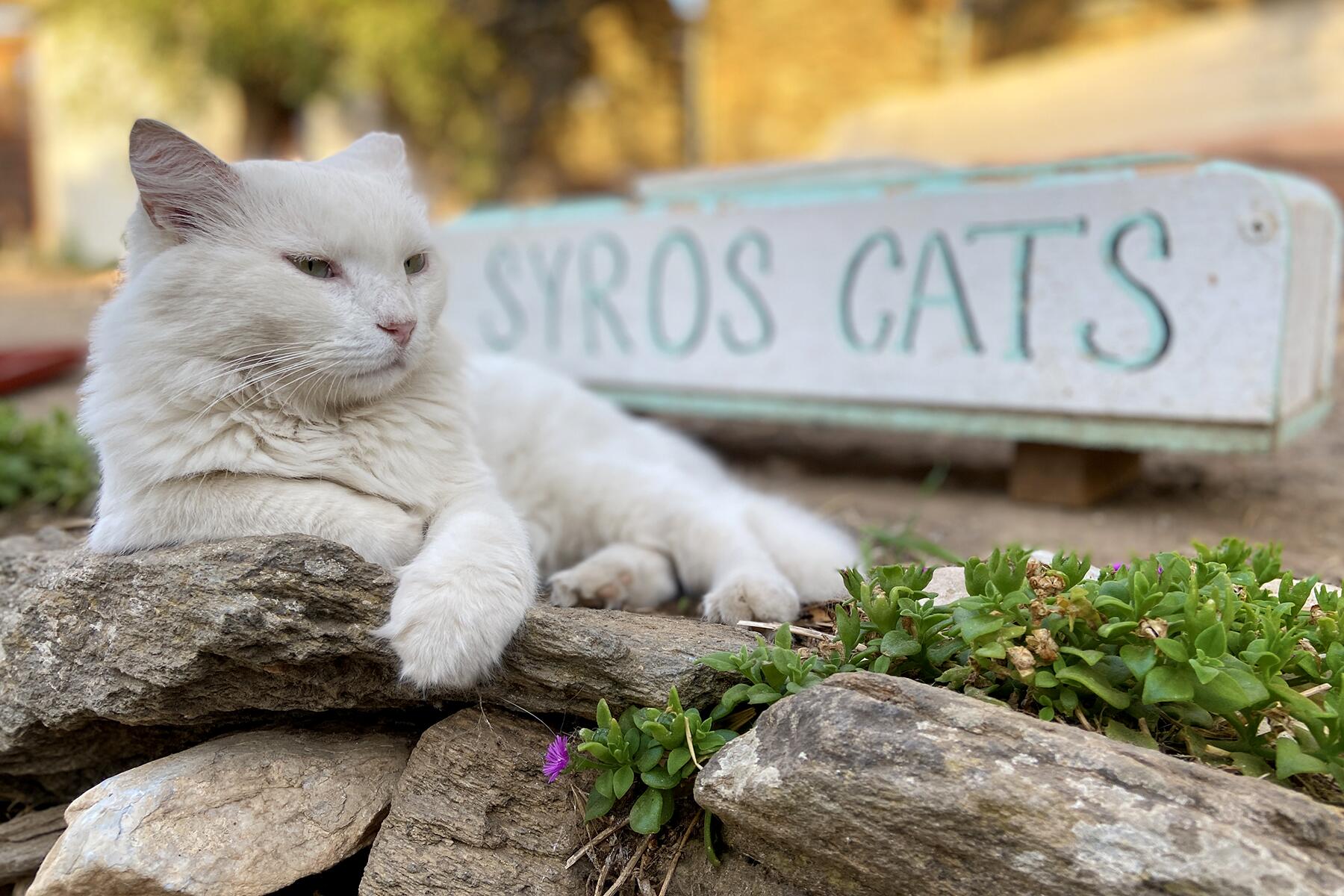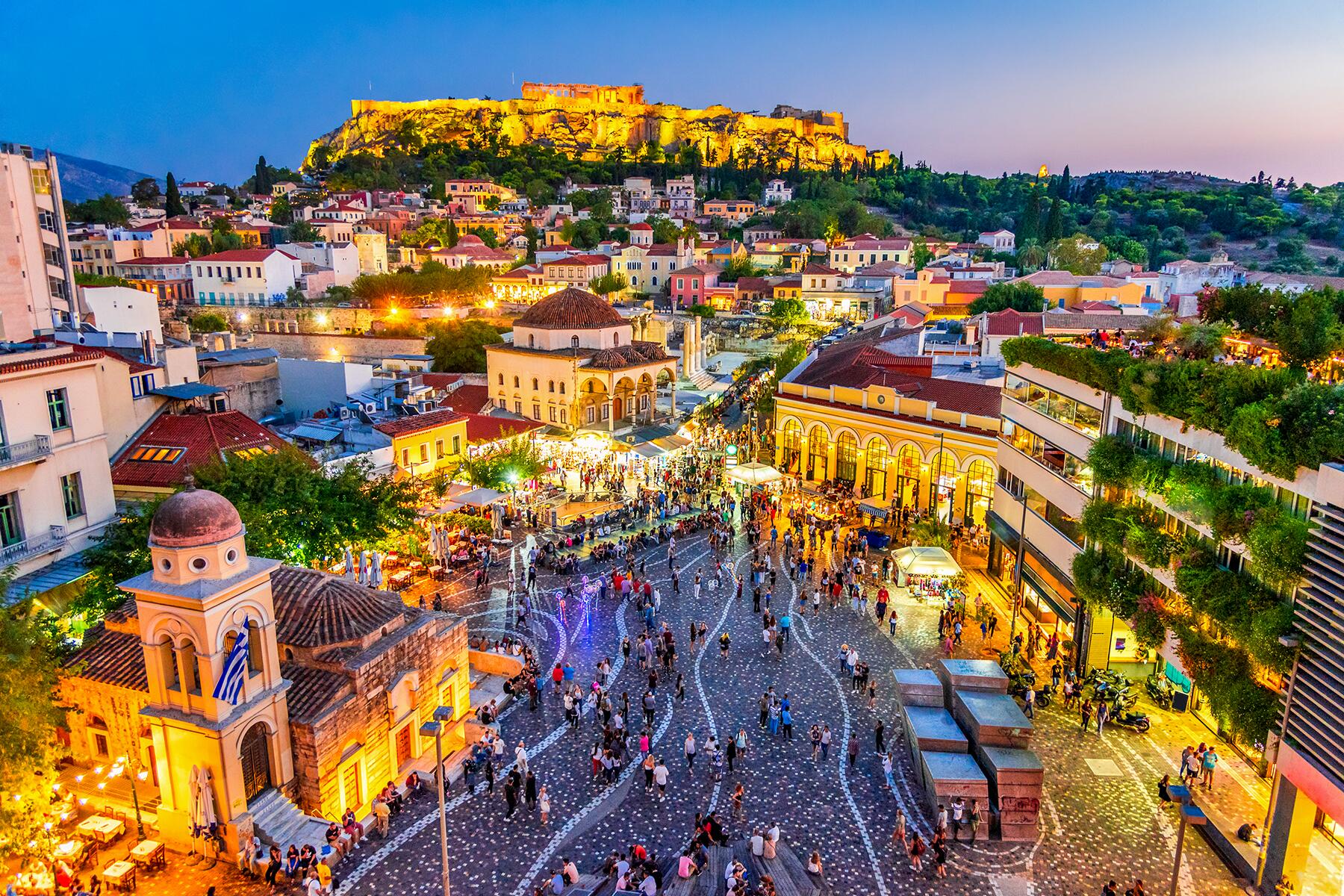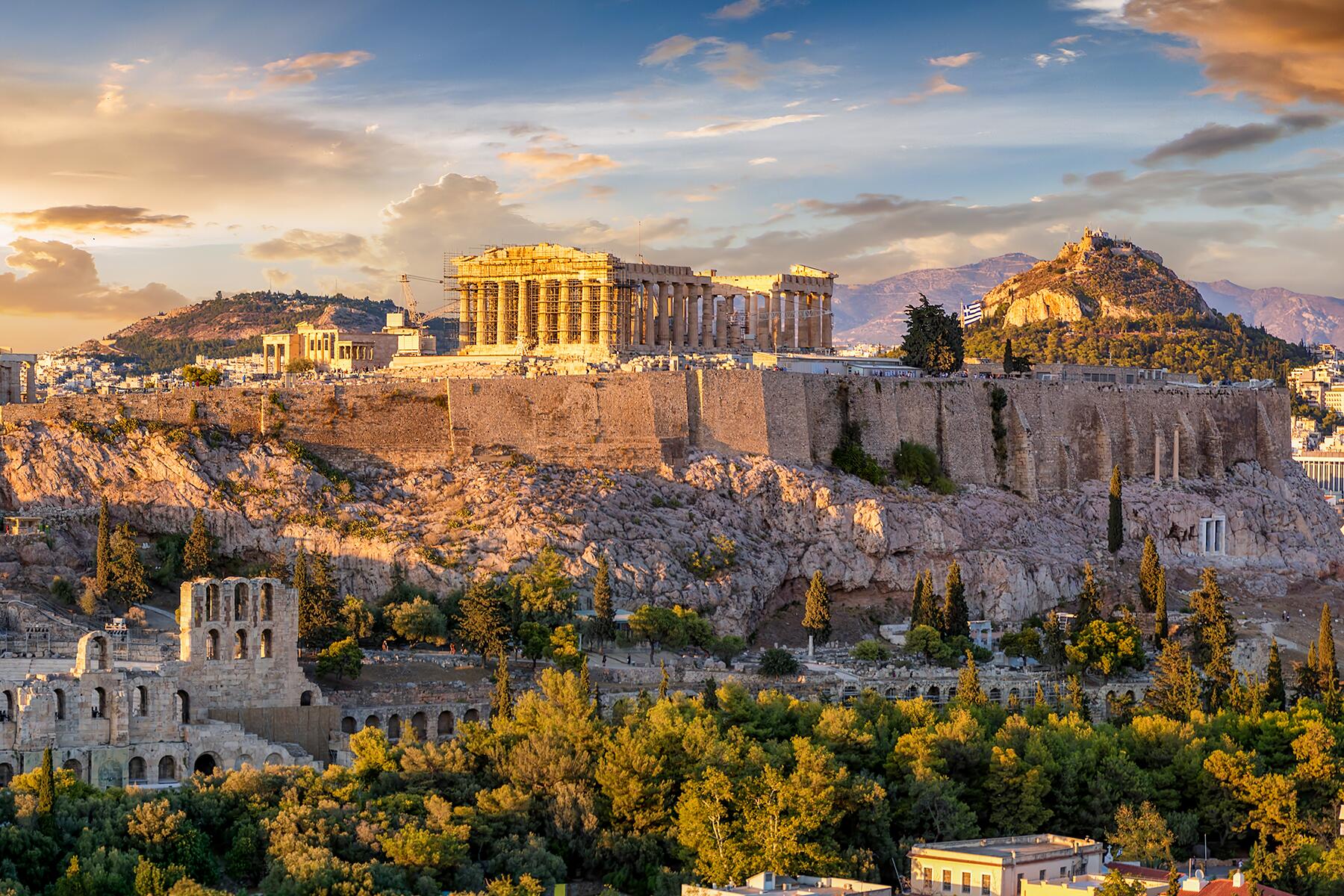Zakynthos
Zakynthos
Zakynthos is the island that launched a million “I thought it was this, but it was that . . .” travel articles. Its appeal is obvious. The most southerly isle in the Ionian chain battles Rhodes for the title of Greece’s sunniest flop spot, and even when it does rain here (Nov.–Feb.) only locals see it—few visitors arrive outside of package tourism season. The downside is that its eastern and southern shores are now given over entirely to the waves of tourists that crash upon their shores every summer. Yet that’s just one side of the island.
Away from the beaches, Zakynthos has a long history that began around the 16th century BC, when it was first colonized. Later, during the Peloponnesian War (431–404 BC), the island sided with Athens, only to be invaded by Sparta. It set...
Read MoreZakynthos is the island that launched a million “I thought it was this, but it was that . . .” travel articles. Its appeal is obvious. The most southerly isle in the Ionian chain battles Rhodes for the title of Greece’s sunniest flop spot, and even when it does rain here (Nov.–Feb.) only locals see it—few visitors arrive outside of package tourism season. The downside is that its eastern and southern shores are now given over entirely to the waves of tourists that crash upon their shores every summer. Yet that’s just one side of the island.
Away from the beaches, Zakynthos has a long history that began around the 16th century BC, when it was first colonized. Later, during the Peloponnesian War (431–404 BC), the island sided with Athens, only to be invaded by Sparta. It set a worrying trend. Roman replaced Macedonian rule in the late 3rd century BC, and when the Empire fragmented, the Byzantine era afforded little more protection. During this time the islanders suffered great poverty, weighed down by attacks from Arabs and Goths.
Three centuries of Neapolitan rule brought stability but little security. Turkish assaults dogged its reign, culminating in the soldiers of Sultan Mehmet II brutally laying waste to the island in 1479. The Venetian era (1484–1797) that followed withstood constant Turkish raids but also saw the island grow culturally. Under their influence the sons of newly wealthy locals were sent to Italy to be educated, and the two cultures became inextricably entwined. Not for nothing is Zakynthos still known to many by its Italian name of Zante.
The island largely remained out of Turkish hands. After the Venetians, the British arguably had the second-most-lasting effect here. It was they who first ceded control of the island to Greece in 1864, and it is the legions of excitable young Brits that flood the island today that have done as much as anyone to cement its modern reputation. That doesn't tell the whole story, though, as visitors will discover.
A car lets you escape the noisy ATVs and overdevelopment of the south for the quiet, rocky grandeur of the northwest coast. The central wooded hill country hides retreats such as the hilltop villages of Kiliomeno and Exo Chora. Even in the busy south, a marine park encompassing islands and the half-wild shores of the Vasilikos Peninsula harbors glimpses of wildlife during summer's loggerhead turtle nesting season. Meanwhile, in the charmingly rebuilt capital of Zakynthos Town, the strains of traditional kantádhes—Italian-style ballads that originated here—still drift from tavernas, evoking a time before the island ever needed tourists at all.







